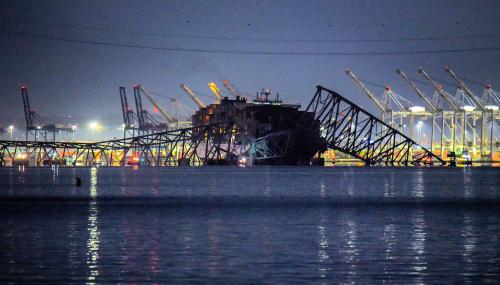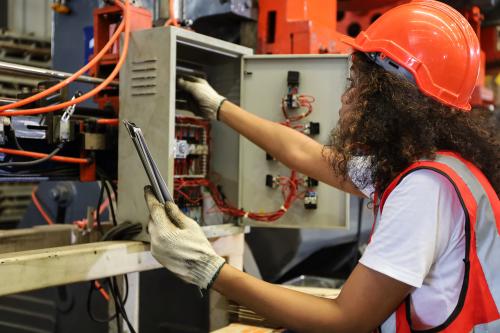With graduation season just behind us, millions of new jobseekers are aiming to use their freshly minted degrees to fill positions nationwide. Yet, many workers—including teens and young adults—remain discouraged over their long-term employment prospects and are struggling to secure well-paying jobs. The nation’s labor participation rate continues to reach new lows, and employers are finding it increasingly difficult to hire workers with the skills they need.
As we have previously described, infrastructure jobs can help support our nation’s ongoing recovery across several different sectors and offer competitive wages while doing so. Just as significantly, these jobs have a big role to play in addressing the needs of our aging workforce; 2.7 million infrastructure workers are projected to retire or permanently leave their positions over the next decade. Since many of these skilled trades jobs also rank among the hardest to fill nationally, policymakers have all the more reason to focus on our next generation of infrastructure workers.
Indeed, workers are nearing retirement across a wide range of infrastructure occupations, causing several agencies and organizations to question their future workforce needs—from transit and aviation to water and energy. For example, nearly 45 percent of U.S. air traffic controllers will need to be replaced by 2022, along with 40 percent of traffic technicians, 35 percent of water treatment plant operators, and 30 percent of railroad conductors. Combined, the replacement needs for these four occupations alone amount to more than 65,000 workers.
The age breakdown across different infrastructure occupations also points to the immediacy of these replacement needs. Half of U.S. bus drivers, for instance, are more than 53.5 years old, greatly exceeding the median age for all workers nationally (42.3). Similarly, while only about 16 percent of all workers are between 55 and 64 years old, 43 percent of our bridge and lock tenders fall in this range, in addition to 31 percent of our transportation inspectors and 23 percent of our power plant operators.
Moving forward, we need to recognize the enormous employment gap emerging across our infrastructure workforce. Although some infrastructure occupations have consistently high turnover rates that result in more replacements, such as truck drivers and material movers, we need to consider a broad scope of opportunities available to jobseekers, which can help drive future economic growth.
Beyond prioritizing our physical infrastructure investments, leaders across the public and private sector can work together to address our larger workforce needs across the country.


Commentary
America’s Infrastructure Needs the Next Generation of Workers
July 2, 2014